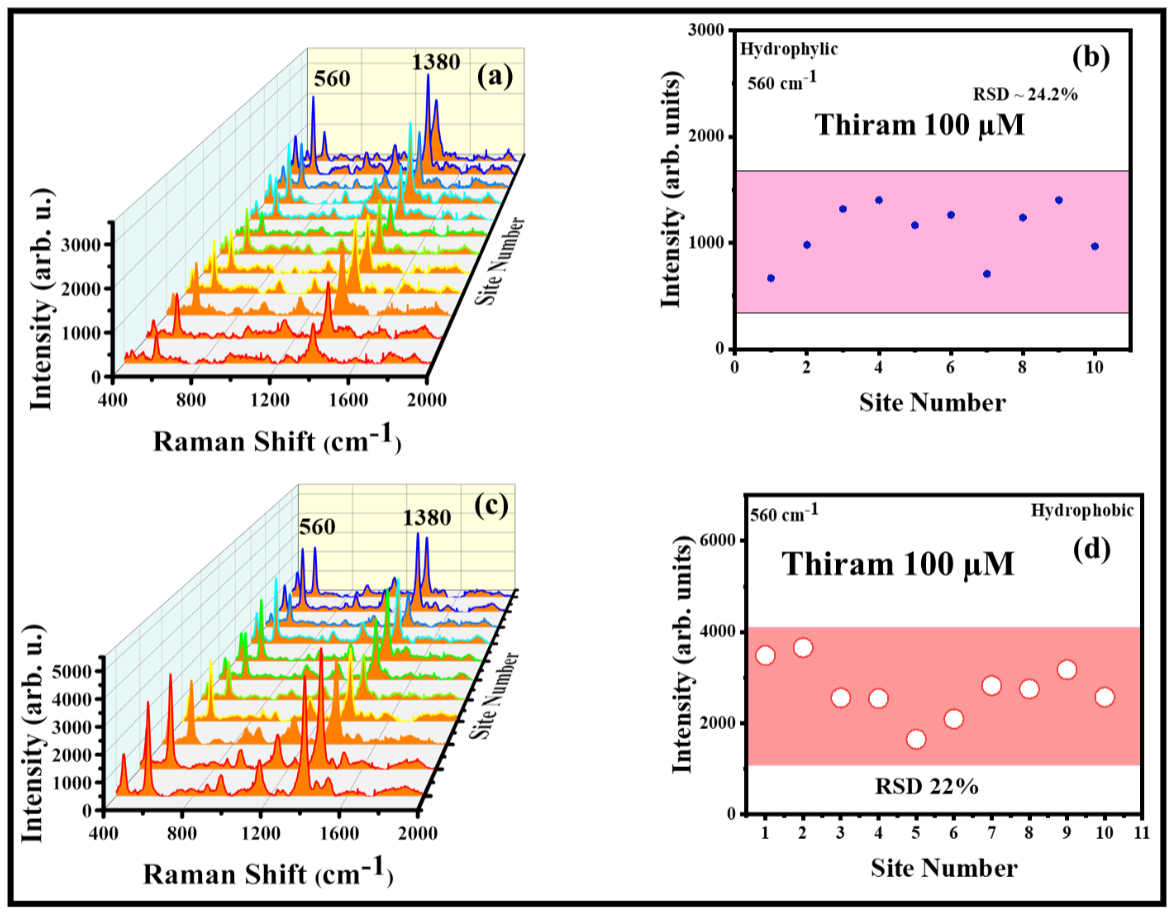We present a simple, fast, and single-step approach for fabricating hybrid semiconductor-metal nanoentities through liquid-assisted ultrafast (~50 fs, 1 kHz, 800 nm) laser ablation. Femtosecond (fs) ablation of Germanium (Ge) substrate was executed in (i) distilled water (DW) (ii) silver nitrate (AgNO3 – 3, 5, 10 mM) (iii) Chloroauric acid (HAuCl4 – 3, 5, 10 mM), yielding the formation of pure Ge, hybrid Ge-silver (Ag), Ge-gold (Au) nanostructures (NSs) and nanoparticles (NPs). The morphological features and corresponding elemental compositions of Ge, Ge-Ag, and Ge-Au NSs/NPs have been conscientiously studied using different characterization techniques. Most importantly, the deposition of Ag/Au NPs on the Ge substrate and their size variation were thoroughly investigated by changing the precursor concentration. By increasing the precursor concentration (from 3 mM to 10 mM), the deposited Au NPs and Ag NPs’ size on the Ge nanostructured surface was increased from ~46 nm to ~100 nm and from ~43 nm to ~70 nm, respectively. Subsequently, the as-fabricated hybrid (Ge-Au/Ge-Ag) NSs were effectively utilized to detect diverse hazardous molecules (e.g., picric acid and Thiram) via the technique of surface-enhanced Raman scattering (SERS). Our findings revealed that the hybrid SERS substrates achieved at 5 mM precursor concentration of Ag (denoted as Ge-5Ag) and Au (denoted as Ge-5Au) had demonstrated superior sensitivity with the enhancement factors (EFs) of ~2.5×104, 1.38×104 (for PA), and ~9.7×105 and 9.2×104 (for Thiram), respectively. Interestingly, the Ge-5Ag substrate has exhibited ~10.5 times higher SERS signals than the Ge-5Au substrate.

